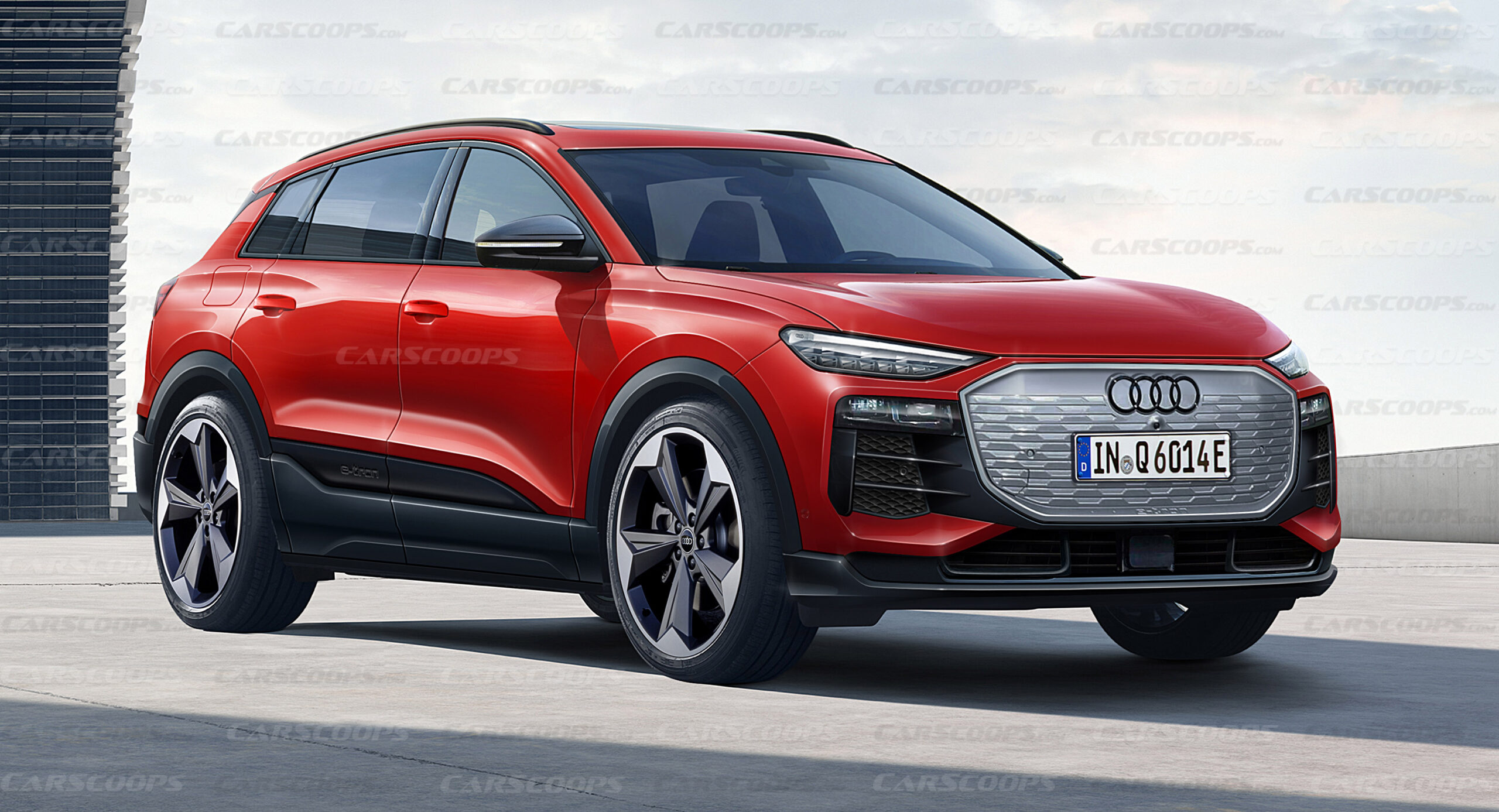Car insurance in India is not just a legal requirement—it is a financial safeguard that every car owner needs. Whether you drive a compact hatchback like the Maruti Suzuki Swift, a rugged SUV like the Mahindra Thar, or an upcoming electric vehicle like the Tata Sierra EV, having the right insurance ensures protection against accidents, theft, and unexpected losses.
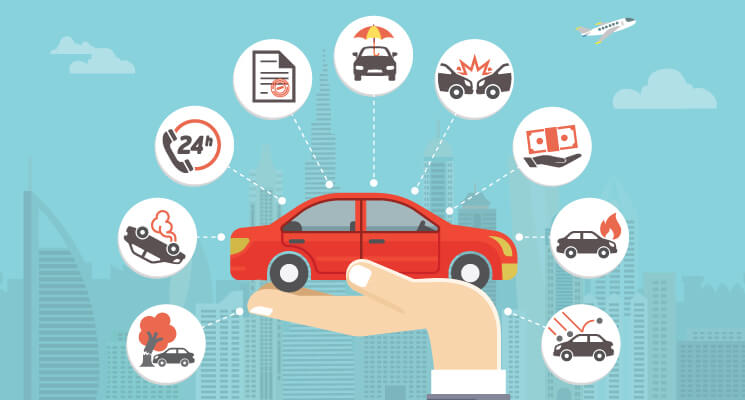
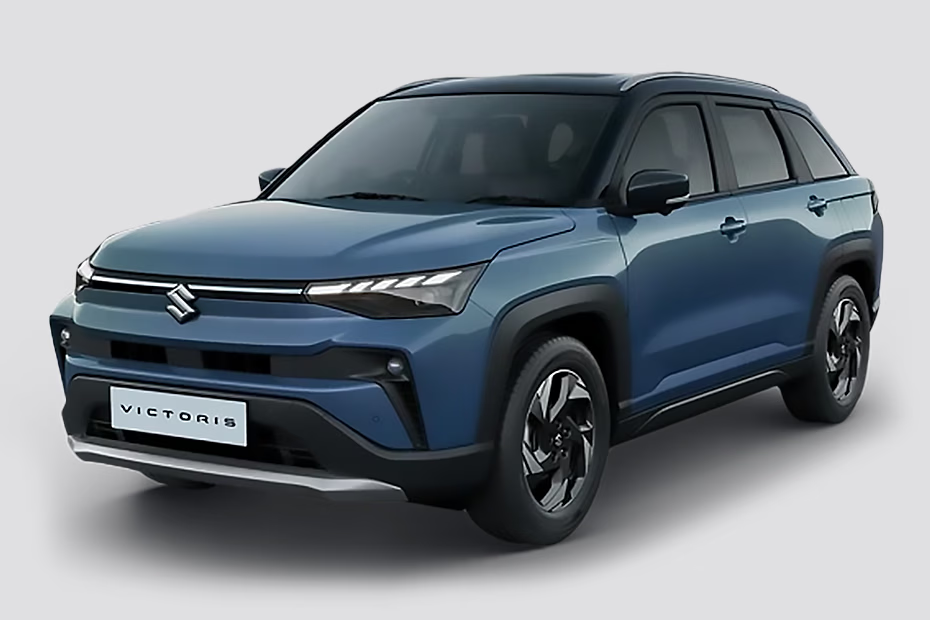


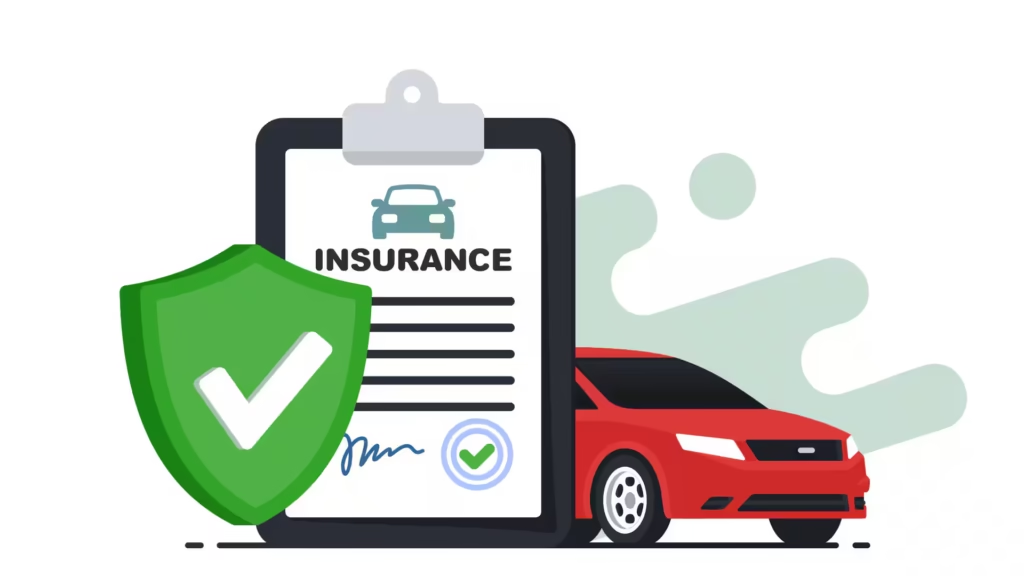
With the Indian automobile market booming and new models launching in 2025–2026 (Maruti Victoris, Tata Harrier EV, Hyundai Tucson 2025, VinFast VF7), buyers must also prepare to navigate the complex world of car insurance. This article provides a complete 4000+ word guide covering types of car insurance in India, how to buy, leading insurance companies, and insider tips.
Why Car Insurance is Mandatory in India

Car insurance is regulated by the Motor Vehicles Act, 1988. It is compulsory for every car owner to have at least a third-party liability policy. Driving without insurance can result in:
- ₹2,000 fine for the first offense and ₹4,000 for repeat offenses
- Suspension of driving license
- Vehicle impoundment
But beyond compliance, insurance protects you from financial losses due to accidents, theft, or natural disasters.
Types of Car Insurance in India
Car insurance in India is broadly divided into several categories:
1. Third-Party Liability Insurance
- Mandatory under law.
- Covers injury, death, or property damage caused to a third party.
- Does not cover your own car’s damage.
Best for: Old cars with low resale value, minimal drivers.
2. Comprehensive Car Insurance
- Covers third-party liability + own damage.
- Protects against theft, fire, accidents, natural calamities.
Best for: New cars like Tata Harrier EV, Maruti Victoris.
3. Standalone Own Damage (OD) Insurance
- Covers only damage to your own car.
- Must be bought along with a third-party policy.
Best for: People who started with only third-party cover but want added safety.
4. Pay-As-You-Drive Insurance
- Premium depends on kilometers driven.
- Uses telematics devices or declarations.
Best for: Low-mileage drivers, city car owners.
5. Long-Term Insurance
- Covers 3 to 5 years in one go.
- Protects against annual premium hikes.
Best for: First-time buyers of new cars.
6. Electric Vehicle (EV) Insurance
- Designed for EVs like Tata Sierra EV, VinFast VF6 & VF7.
- Covers battery, charging equipment, fire hazards.
Best for: EV owners, early adopters of green cars.
Popular Add-On Covers in India

- Zero Depreciation Cover – Full claim without depreciation deduction.
- Roadside Assistance – Towing, fuel delivery, on-spot repair.
- Engine Protection – Covers flood and waterlogging damages.
- Return-to-Invoice – Full invoice value if car is stolen or totaled.
- Consumables Cover – Covers nuts, bolts, oil, and lubricants.
- NCB Protection – Retain No Claim Bonus even after a claim.
- Tyre Protection Cover – Accidental damage to tyres covered.
- Personal Accident Cover – ₹15 lakh mandatory coverage.
How Car Insurance Premiums are Calculated
Premium depends on:
- IDV (Insured Declared Value): Market value of your car after depreciation.
- Car type: Luxury cars = higher premiums.
- Fuel type: Diesel and EVs may have higher premiums.
- Location: Metro cities have higher accident/theft risk.
- Driver profile: Age, driving history, previous claims.
Steps to Buy Car Insurance in India
Step 1: Choose Policy Type
Third-party, comprehensive, or EV insurance.
Step 2: Compare Quotes
Use sites like Policybazaar, Coverfox, or insurers’ official websites.
Step 3: Customize with Add-Ons
Pick zero-dep, engine protection, etc. based on needs.
Step 4: Submit Documents
- RC (Registration Certificate)
- Previous policy (if renewal)
- Aadhaar, PAN, address proof
Step 5: Pay Premium Online
Policy document issued digitally.
Step 6: Inspection (if required)
Some insurers conduct inspections for renewals or high-risk vehicles.
Leading Car Insurance Companies in India (2025)
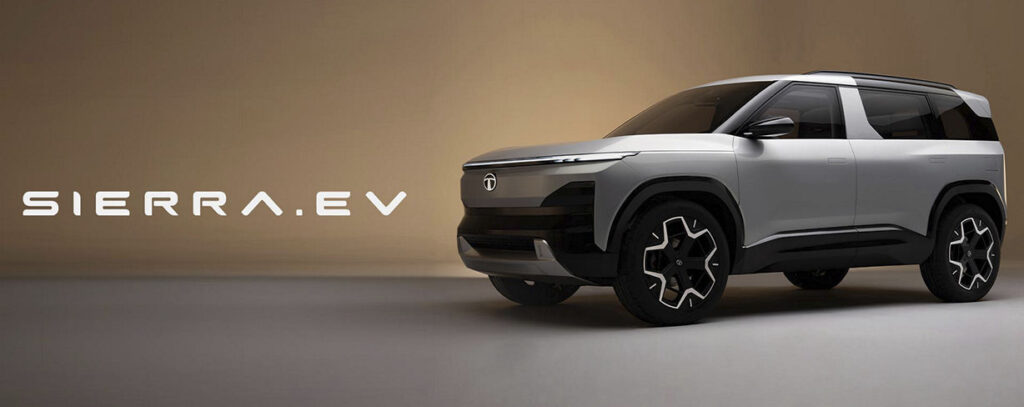
Here’s a look at some of the most trusted insurance providers:
1. ICICI Lombard
- High claim settlement ratio (95%+).
- Wide cashless garage network.
- Strong add-ons like roadside assistance and engine cover.
2. HDFC ERGO
- Known for digital-first services.
- Offers Pay-As-You-Drive insurance.
- CSR ~96%.
3. Bajaj Allianz General Insurance
- Fast claim settlement with app-based filing.
- EV-specific insurance available.
- CSR ~94%.
4. Tata AIG
- Popular for luxury cars and imported models.
- Strong zero-depreciation cover options.
- CSR ~95%.
5. Reliance General Insurance
- Affordable premiums.
- Wide garage network.
- Easy online claim filing.
6. SBI General Insurance
- Backed by SBI trust factor.
- Strong presence in semi-urban and rural India.
- CSR ~93%.
7. New India Assurance (Public Sector)
- Government-backed reliability.
- Affordable third-party premiums.
- CSR ~91%.
Comparison Table of Car Insurance Companies
| Company | Claim Settlement Ratio (CSR) | Best For | Key Highlight |
|---|---|---|---|
| ICICI Lombard | 95%+ | Urban drivers, new cars | Largest network garages |
| HDFC ERGO | 96% | Digital-savvy customers | Pay-As-You-Drive option |
| Bajaj Allianz | 94% | EV buyers, quick claim settlement | App-based instant claim |
| Tata AIG | 95% | Luxury car owners | Strong add-ons, high coverage |
| Reliance General | 93% | Budget-conscious drivers | Affordable policies |
| SBI General | 93% | Rural/semi-urban areas | Backed by SBI trust |
| New India Assurance | 91% | Government employees, old cars | PSUs’ credibility, low premium options |
Online vs Offline Buying
Online
- Quick, paperless
- Compare multiple policies easily
- Often cheaper due to fewer commissions
Offline
- Personalized service from agents
- Useful in areas with limited internet access
- Suitable for first-time buyers
Claim Settlement Process

- Inform insurer immediately.
- File FIR (for theft/major accident).
- Submit claim form with documents.
- Vehicle inspection by surveyor.
- Repairs in network garage (cashless) or reimbursement.
Mistakes to Avoid
- Buying only third-party for a new car.
- Ignoring add-ons like zero depreciation.
- Not renewing policy on time (lose NCB).
- Hiding modifications (CNG kits, alloys).
- Choosing cheapest premium without checking CSR.
Car Insurance for EVs
Special considerations for electric vehicles:
- Battery replacement cover
- Charger damage cover
- Fire hazard cover due to lithium-ion risk
- Roadside assistance for charging emergencies
Future Trends in Car Insurance (2025–2030)
- Telematics-based premiums – Pay per km or driving behavior.
- Blockchain claim verification – To reduce fraud.
- 100% digital policies – IRDAI pushing for complete online issuance.
- EV-specific packages – With subsidies and battery warranties.
Conclusion: Choosing the Right Policy
Car insurance in India has evolved from a legal necessity into a smart financial tool. With options ranging from third-party to comprehensive to EV-focused plans, every car owner—whether buying a budget hatchback or luxury EV—can find coverage tailored to their needs.
When buying, always:
- Choose comprehensive cover for new cars.
- Compare insurers based on claim settlement ratio.
- Add essential add-ons like zero depreciation.
- Buy online for better deals but verify details carefully.
Ultimately, car insurance is about peace of mind. With the right policy, you don’t just protect your vehicle—you protect yourself, your family, and your financial future.

